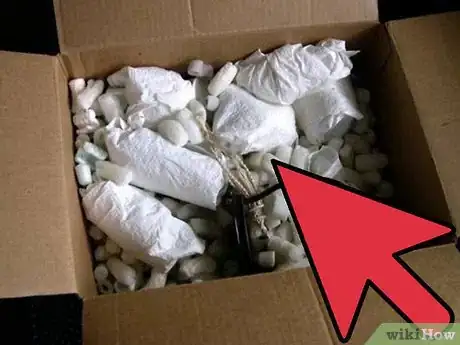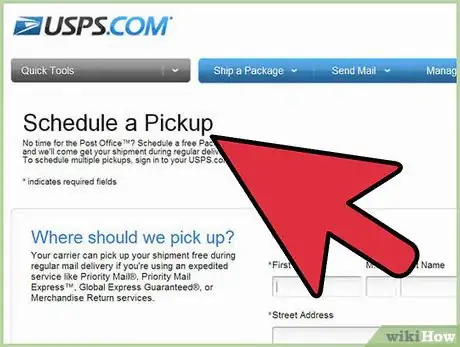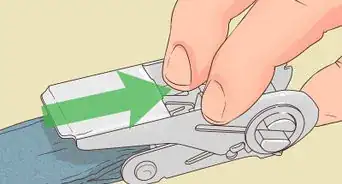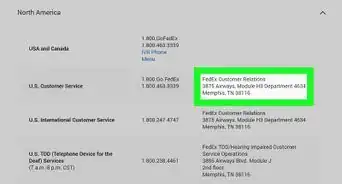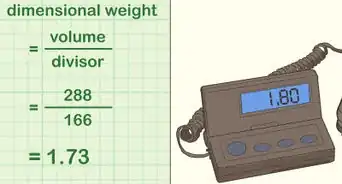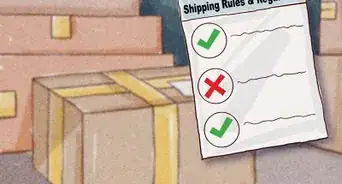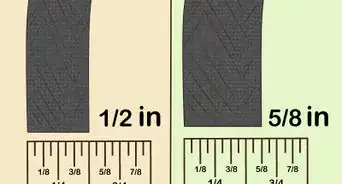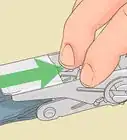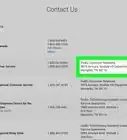wikiHow is a “wiki,” similar to Wikipedia, which means that many of our articles are co-written by multiple authors. To create this article, volunteer authors worked to edit and improve it over time.
This article has been viewed 93,299 times.
Learn more...
A computer, like most any other object, can be safely and effectively shipped. You will first want to properly pack the computer in order to protect its valuable internal and external components. Ideally, the original manufacturer's packaging should be reused and enclosed within a new exterior box suitable for shipping. Once properly packed, you will need to contact a parcel or postal service to order and schedule the appropriate method of shipping. Read the article below to learn how to ship a computer.
Steps
-
1Properly pack the computer and accessories to avoid damage during transit.
- Disconnect the computer cables, accessories, and peripherals. This includes the monitor, keyboard and mouse. Ensure that all cables are organized, untangled and enclosed in a small bag or box.
- A modern graphics card might be very heavy. You can remove it from the slot and ship it outside of the PC case to avoid stressing the connector if the package gets tossed around.
- Wrap the computer and peripherals in a suitable air-cellular cushioning material. Ensure that all parts are covered by at least 3 to 4 inches (7 to 10 cm) of plastic bubble wrap. Wrap each computer accessory separately to ensure maximum protection.
- Pack the wrapped computer tower inside a sturdy, cardboard box. Choose a box slightly larger than the computer to eliminate large areas of open space. Place the computer upright and fill all remaining space with additional cushioning. You want to ensure a tight fit so the computer fits snugly and will not shift during transit.
- Pack the computer monitor and accessories in the same manner as the computer tower, using appropriately-sized boxes.
- Place the packed computer boxes inside one large exterior box. You will again need to ensure that all boxes fit snugly to eliminate shifting during transit. Fill all open spaces with cushioning, foam or loose fill packing material to ensure a tight fit.
- Close and seal the exterior box securely with packing tape. Use at least 3 strips of pressure-sensitive tape to ensure a tight seal.
-
2Select a local or international postal/parcel service. You can find information for most large carriers online including their methods of shipment, prices and exclusions.Advertisement
-
3Create and attach an appropriate shipping label. You will typically need to indicate your shipping preferences, payment method and departure and destination addresses on the label.
-
4Get your package to the parcel service. Many service providers offer at-home pickup, local drop boxes and local customer centers.
Things You'll Need
- Large box
- 3 to 5 smaller boxes
- Packing materials
- Shipping label
